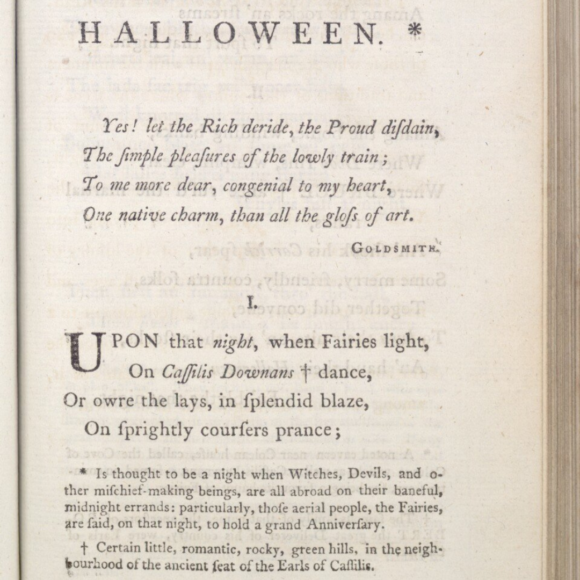Believe it or not, it was. For 400 years.
Christmas in Scotland, even though it almost certainly has pagan roots, had been a religious feasting day for centuries. What used to be a celebration of the Winter Solstice, celebrated by the Vikings (who arrived in Scotland in the late 700s AD) and the festival of Saturnalia by the Romans (a tribute to Saturn, the God of Agriculture and Harvest) later morphed and adopted a religious connotation.
However, after 1560 the reformed Church of Scotland abandoned Catholic beliefs and rituals in favour of a simpler, ‘purer’ form of worship and a stricter way of life.
In 1575 the General Assembly of the Church of Scotland abolished ‘all days that hereto have been kept holy except the Sabbath day, such as Yule day, saints’ days and such others’, and it was taken rather seriously. St Nicholas Kirk Session minute book (1562-1578) held in National Records of Scotland (NRS) shows that in December 1574 fourteen women were admonished for: ‘plaing, dansink & singin off filthe karrellis on youll day’, which translates to ‘playing, dancing & singing of filthy carols on Yule day’ (NRS, CH2/448/1).
The ‘Yule Vacance’ was then made illegal by the Scottish Parliament in 1640,
The 1640 Act stated:
“….the Kirk within this kingdom is now purged of all superstitious observations of dates…thairfor the Saudis estates have discharged and simply dischairges the foirsaid Yule vacance and all observation thairof in tymecoming”
Which translates to “…the Kirk within this kingdom is now purged of all superstitious observation of days…therefore the said estates have discharged and simply discharge the foresaid Yule vacation and all observation thereof in time coming” (Records of the Parliaments of Scotland to 1707 www.rps.ac.uk).
The ban was actually repealed in 1712, but the Church continued to frown upon it.
And so Christmas Day remained a regular working day well into the 20th century, and it only became a public holiday in 1958 in Scotland.












